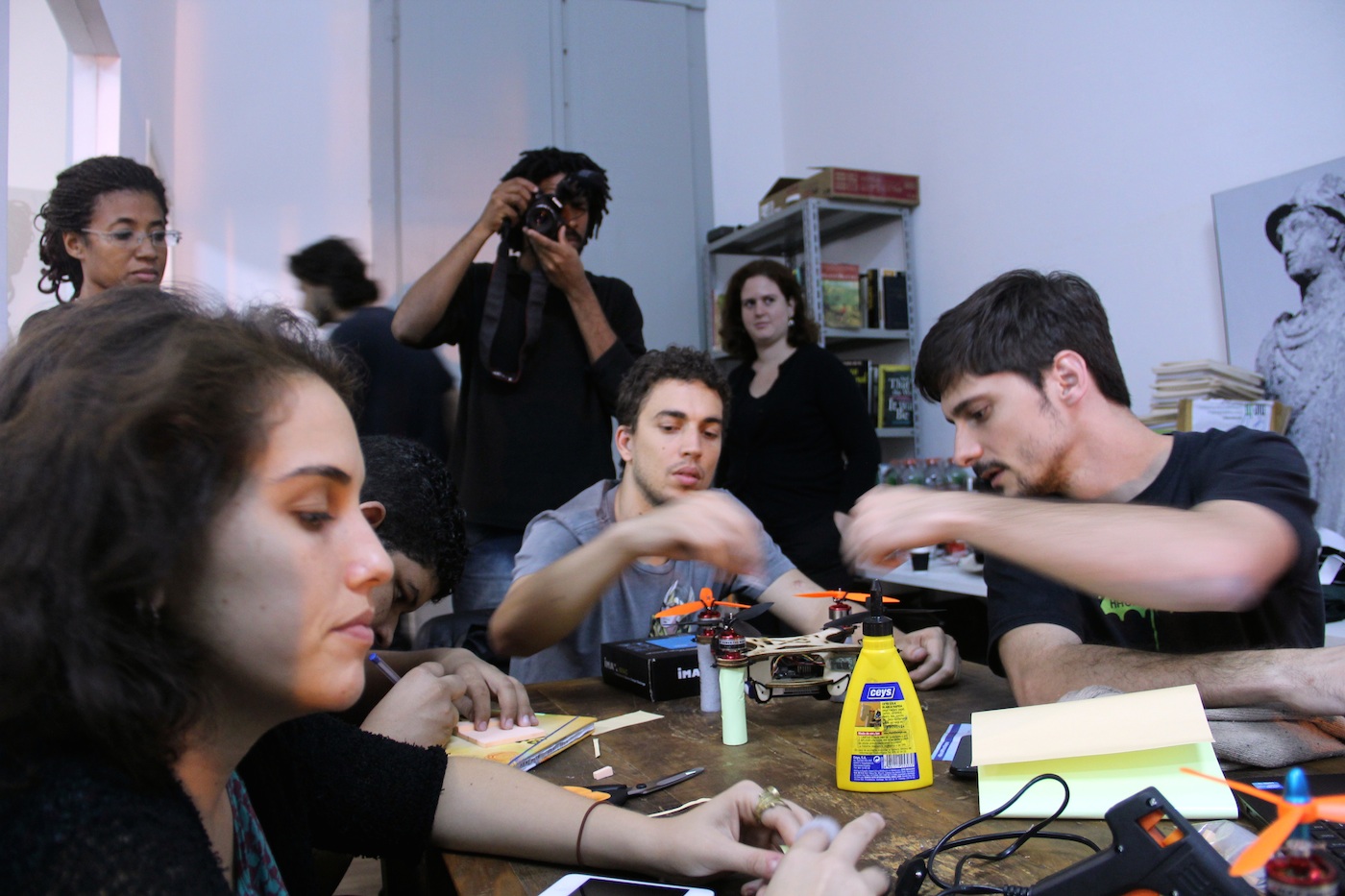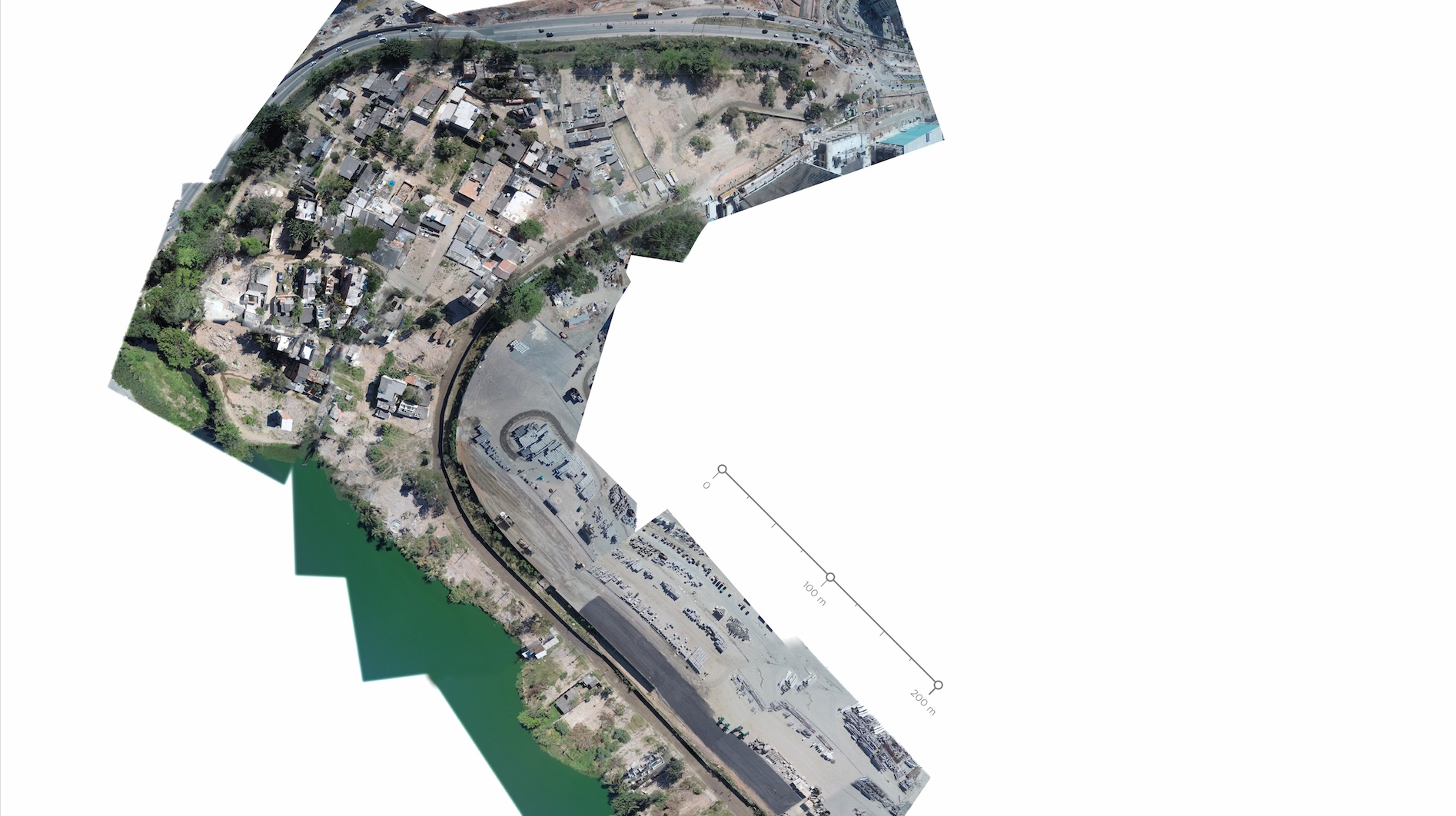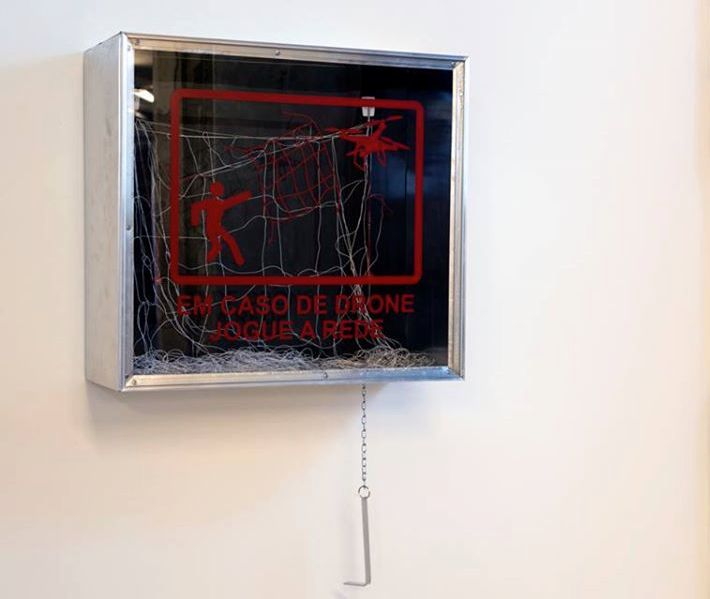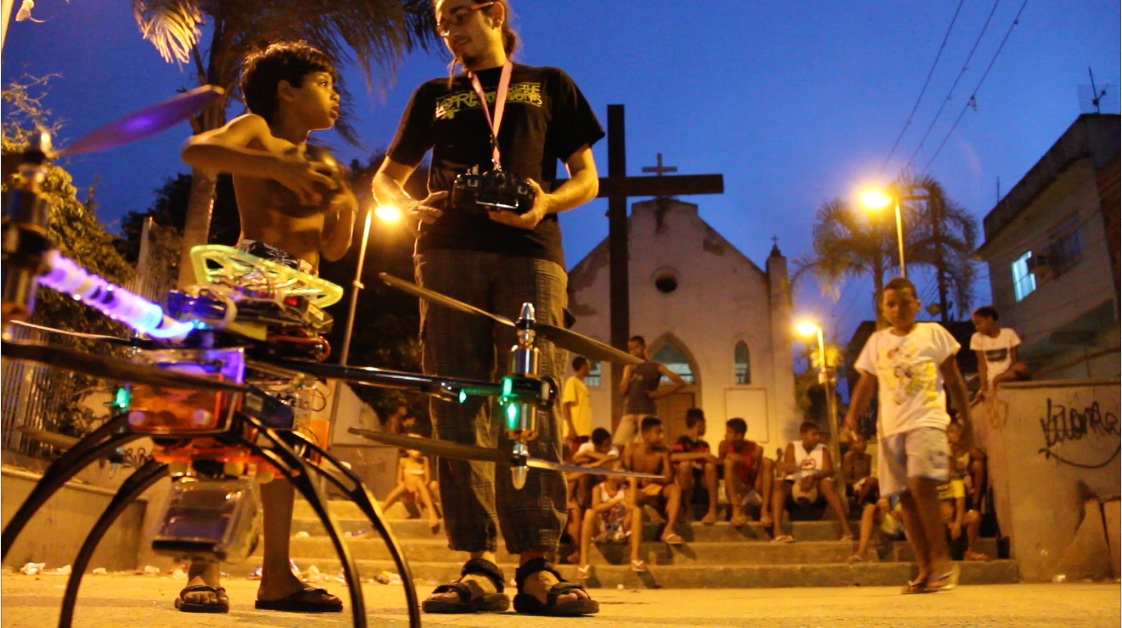-
#DroneHackademy is a temporary hacktivist school, citizen science laboratory and critical theory platform for the use and discussion of unmanned aerial vehicles as a social technology.
-
What does a resilient community against neoliberal urbanism look like from the sky? Vila Autodromo is a local community in Barra de Tijuca facing real state violence from construction companies and the local goverment close to place of Rio 2016 Olympics.
-
The first edition of #dronehackademy occurred in June 2015 in Rio de Janeiro in collaboration with MediaLab.UFRJ and support of the Latin American Studies Network on Surveillance, Technology and Society (LAVITS).
-
Critical Theory
How and why to protect ourselves from unmanned aerial vehicles
Posted on by Lot AmorósAir space is public space, we all have the right to fly, but also the right to protect ourselves. Having an aircraft flying overhead can become a very intimidating situation when we do not know the pilot or the nature of the flight.
-
Critical Theory
Aerial countervisuality and the right to look from somewhere
Posted on by Pablo DeSotoDrones are a dark technology (Lichty). The military drones that kill civilians are unevenly distributed, geographically. The video “Our Drone Future” (Cornell) imagines a scenario where UAVs (Unmanned Aerial Vehicles), with their technologies and capabilities, come to be pervasive in the skies of our future cities. The panoptic vision of the drone is a fundamental part of contemporary “complex of visuality” defined by the military-industrial complex, according to Mirzoeff. He proposes “the right to look” as a form of opposition to this alliance of visuality and power.
-
We wanted to translate to an unmanned aerial vehicle we call FLONE our ethical and political concerns about such a technology of power. Creating an accessible disruptive platform for airspace research and experimentation, discussing their uses and opening the black box around the UAV’s.
Close





